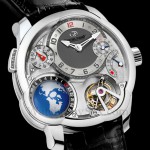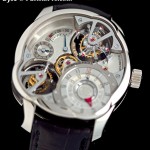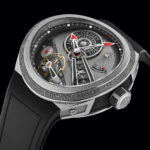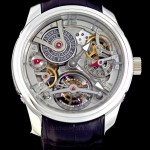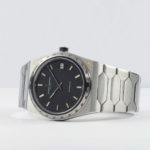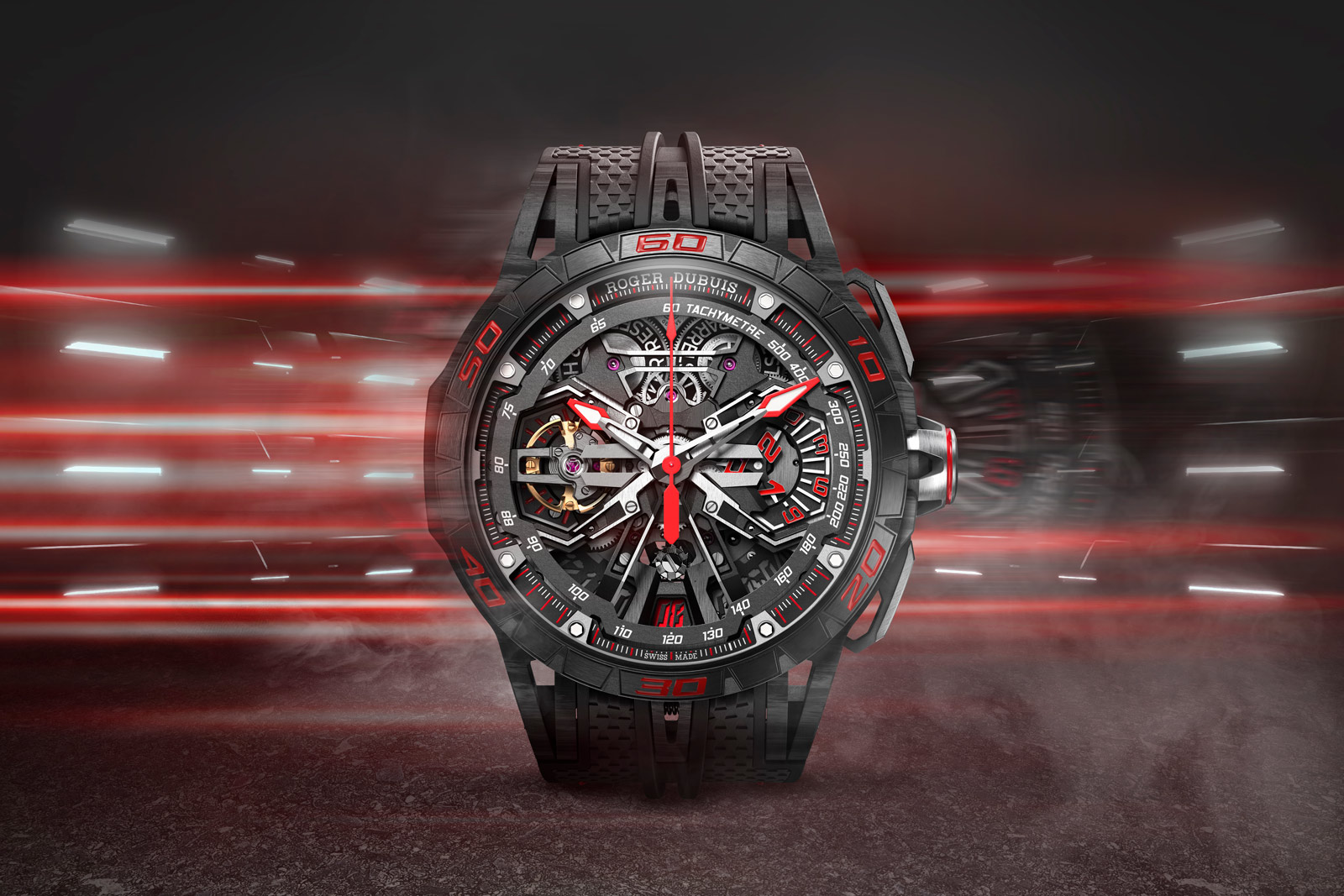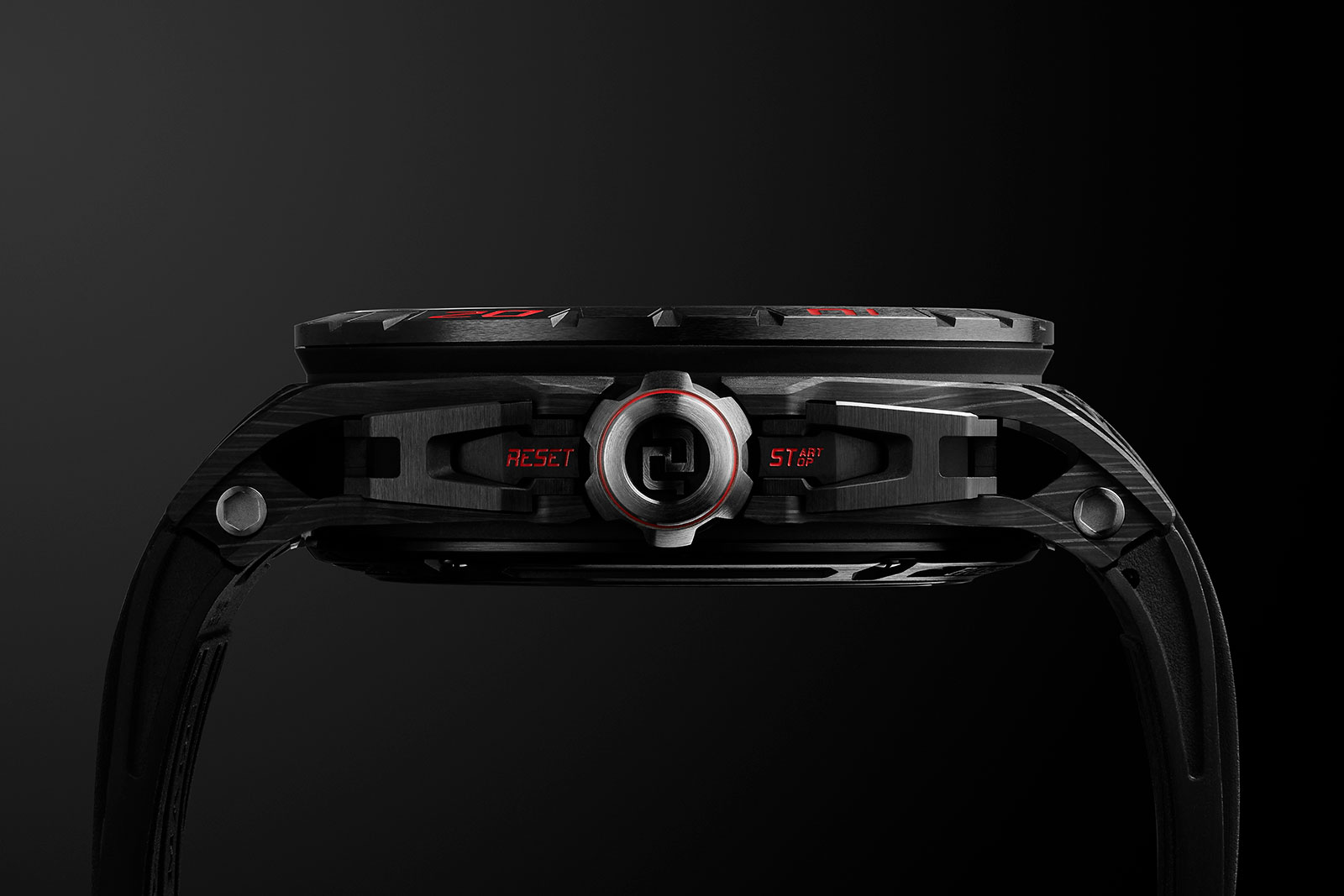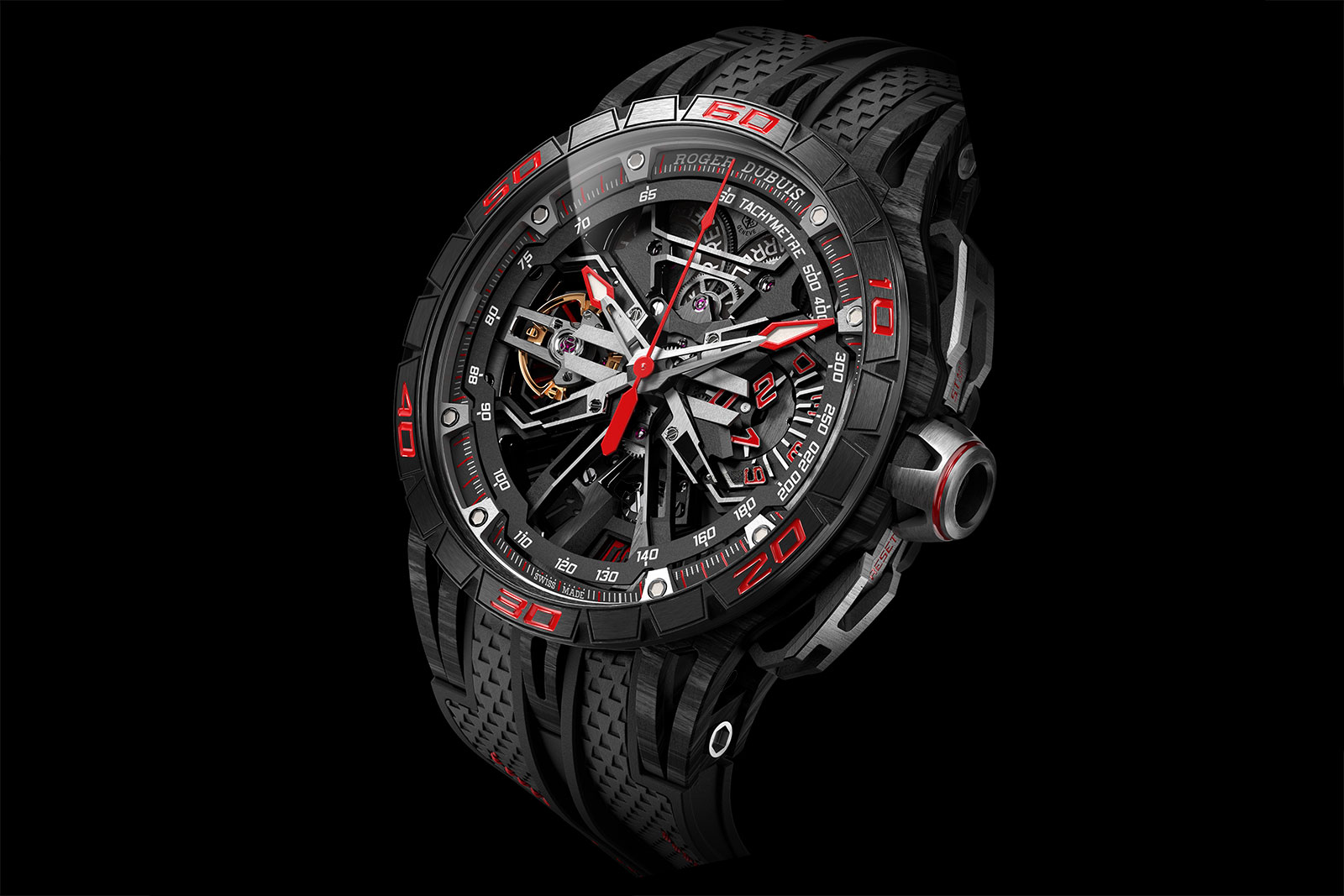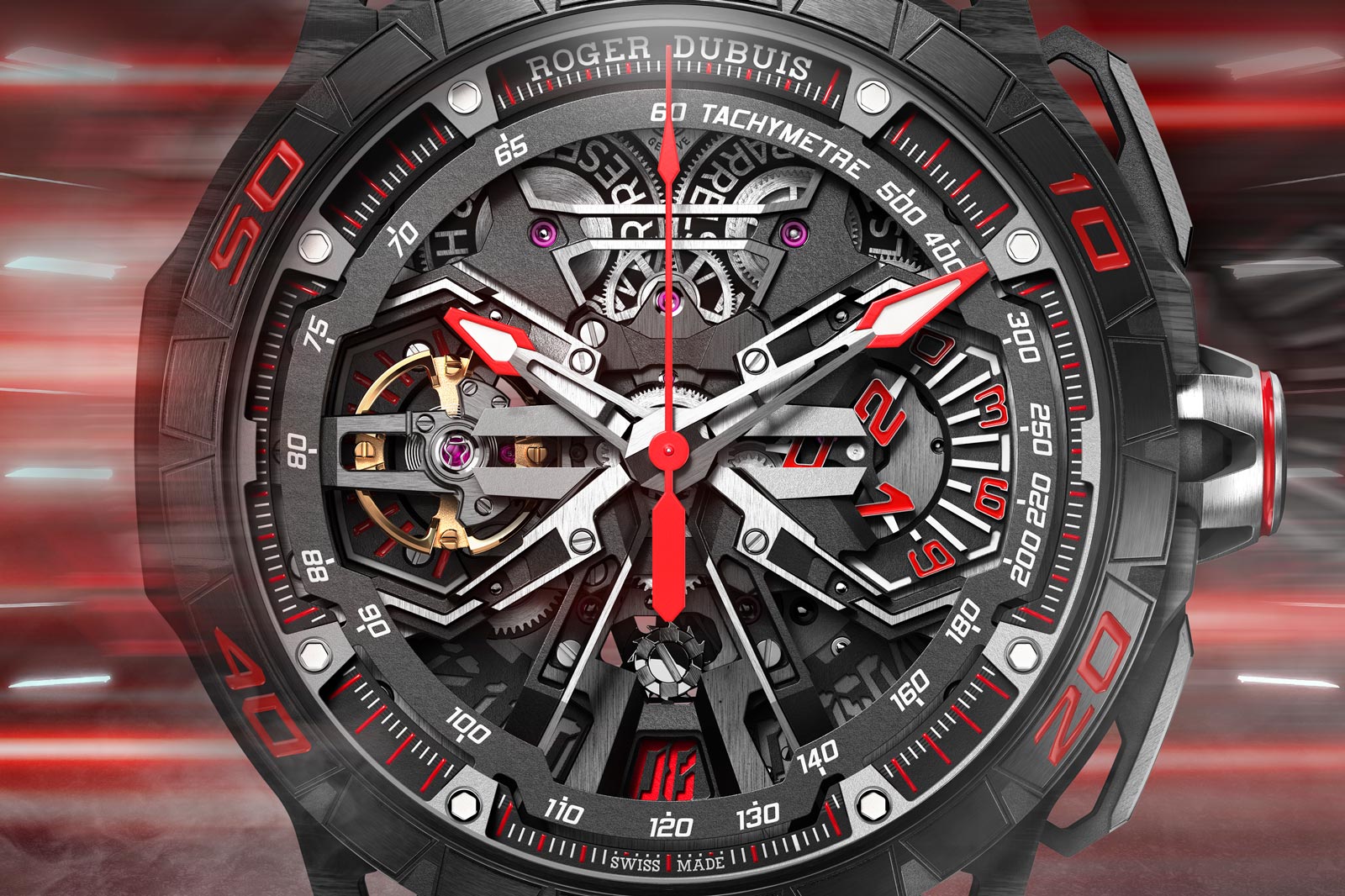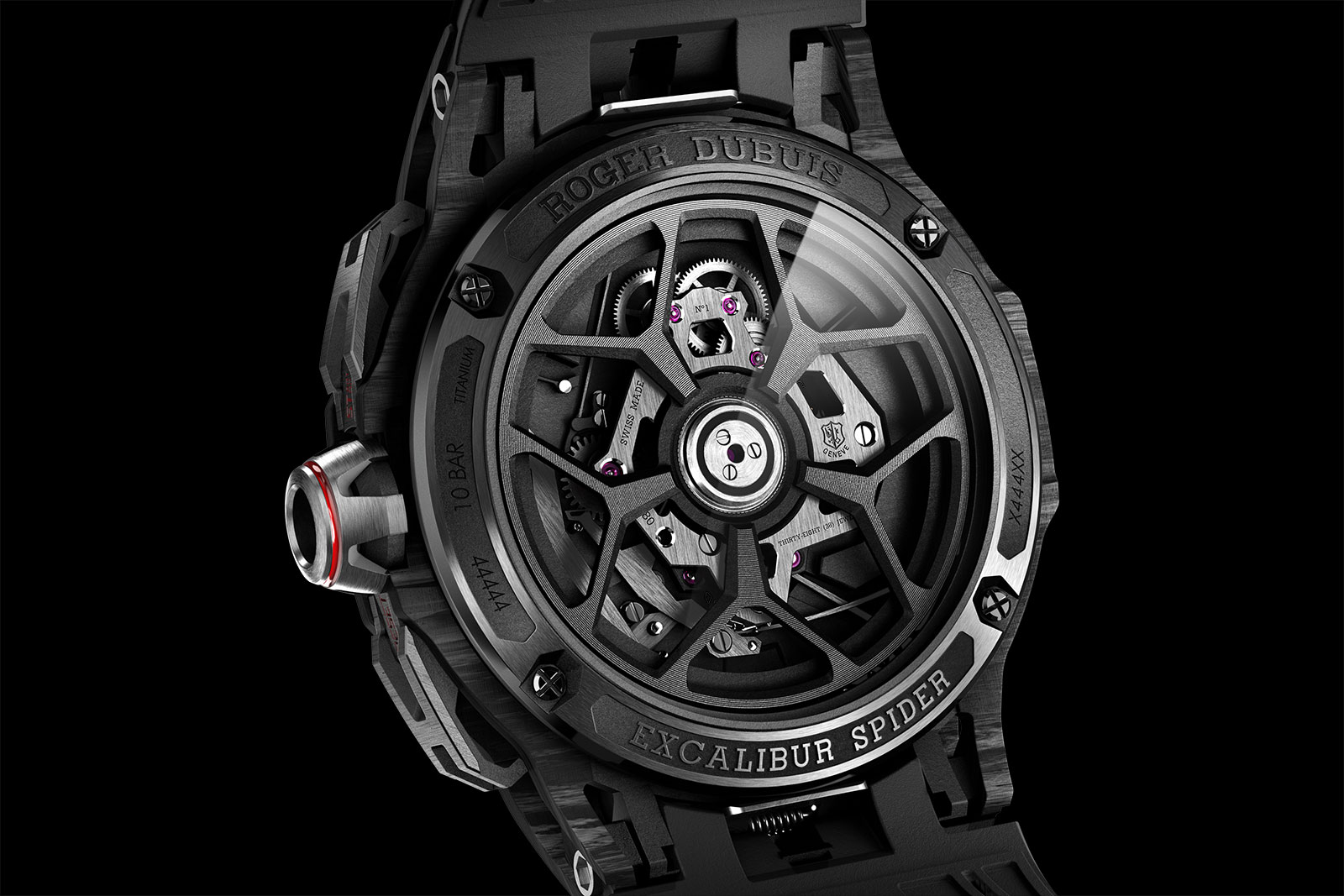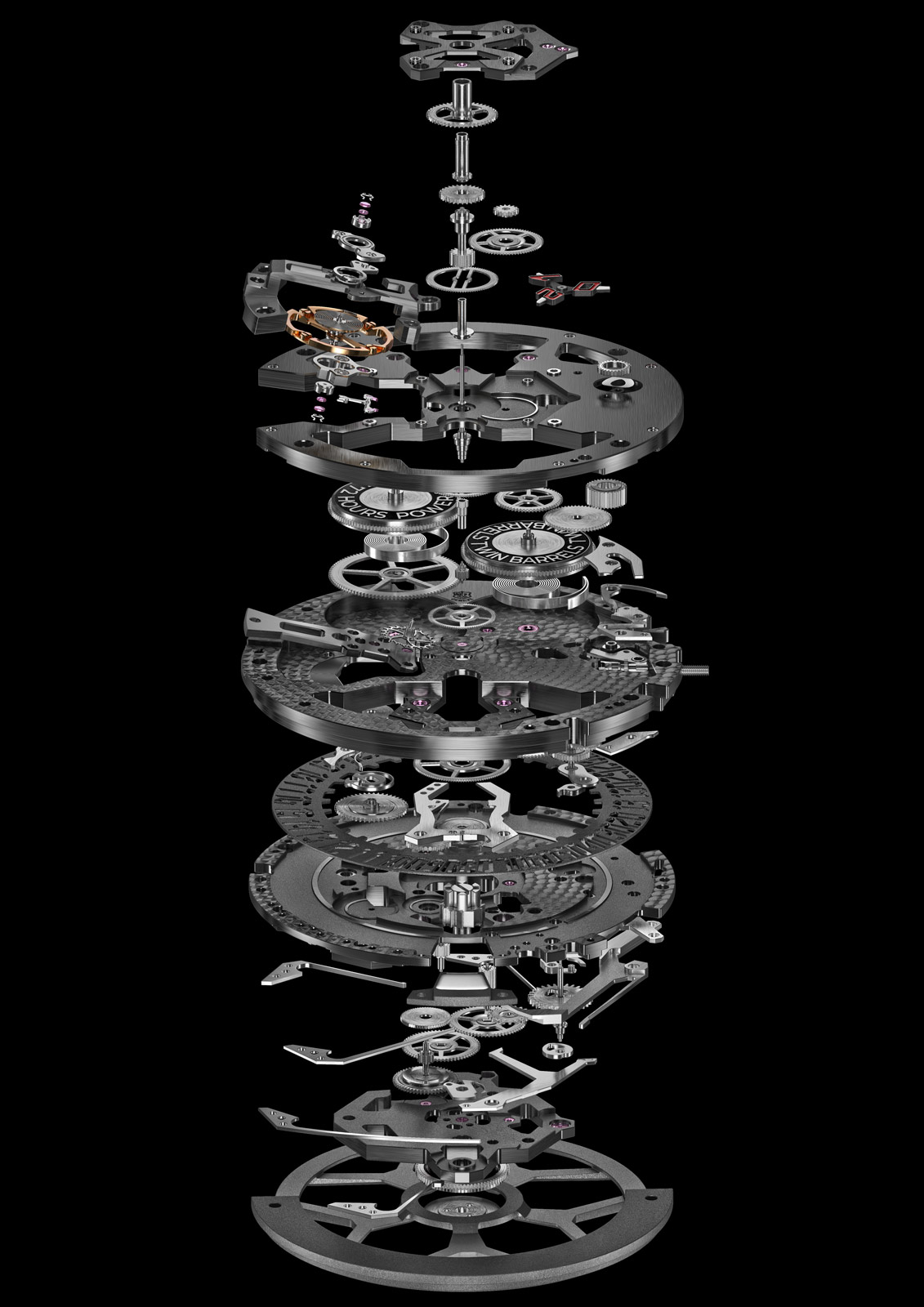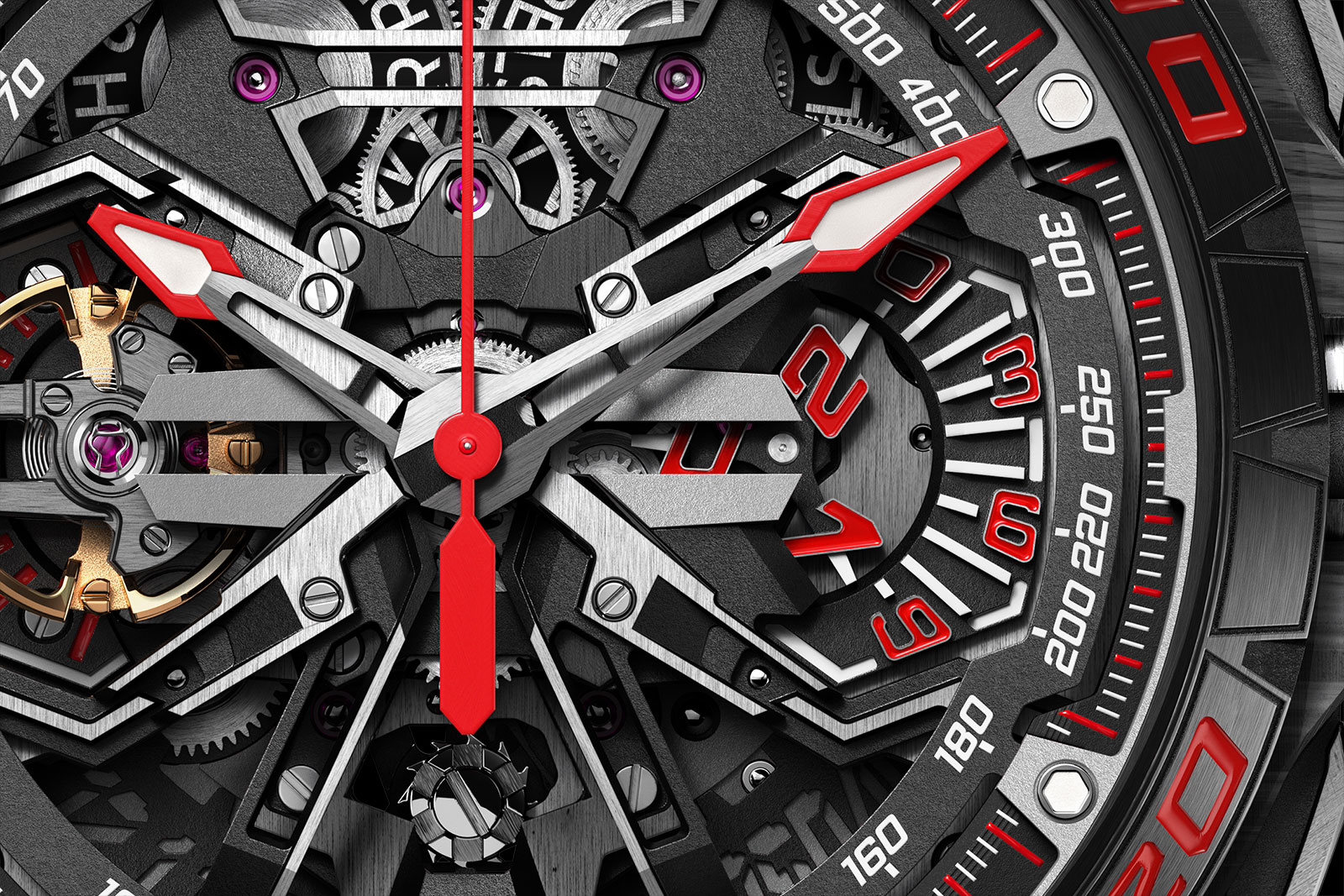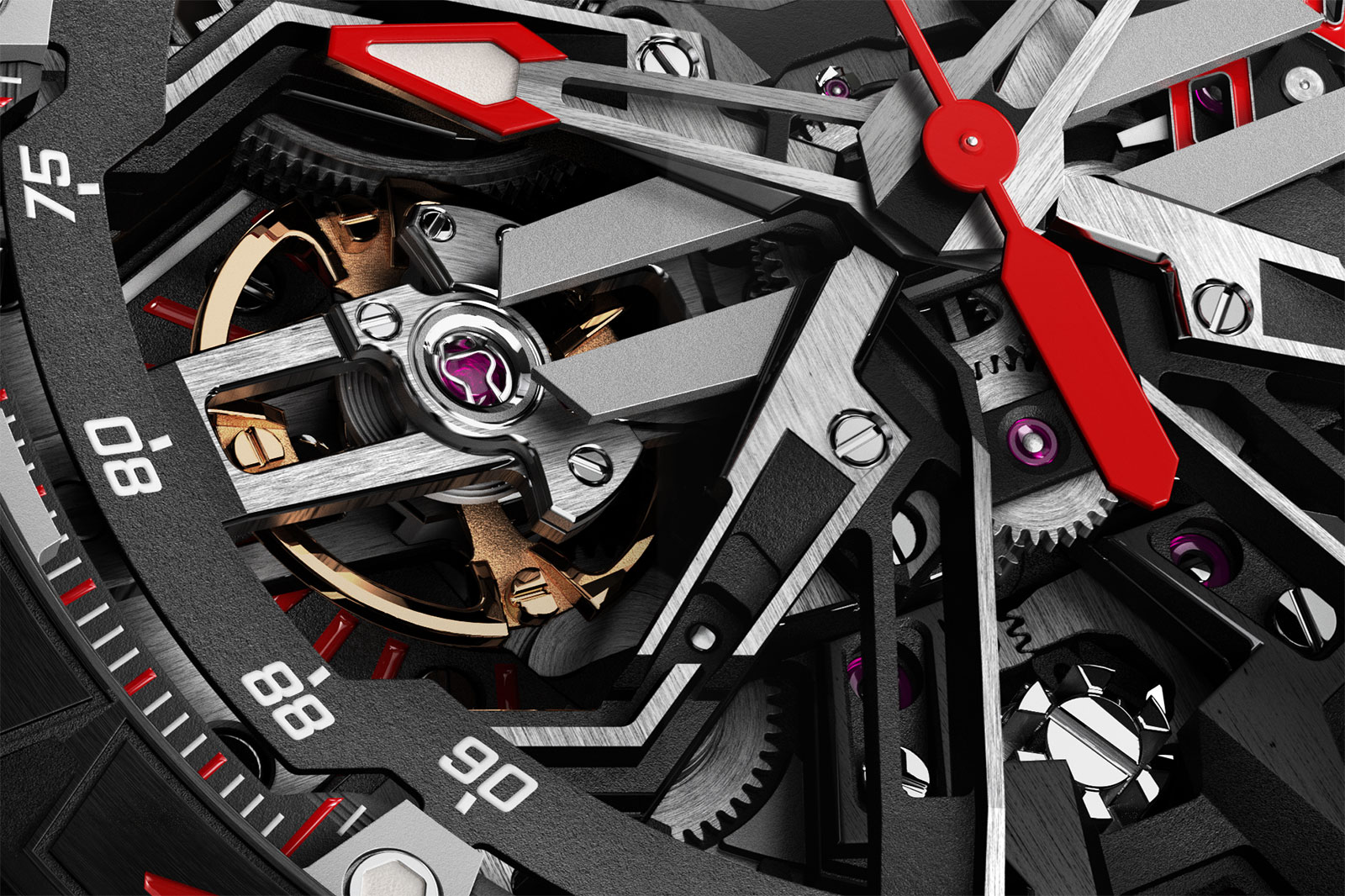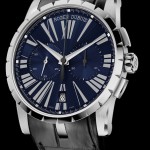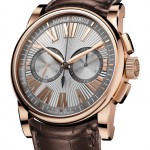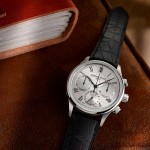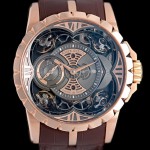Greubel Forsey Goes Big with Smaller Sports Watches
Scaled down Convexe in multiple flavours.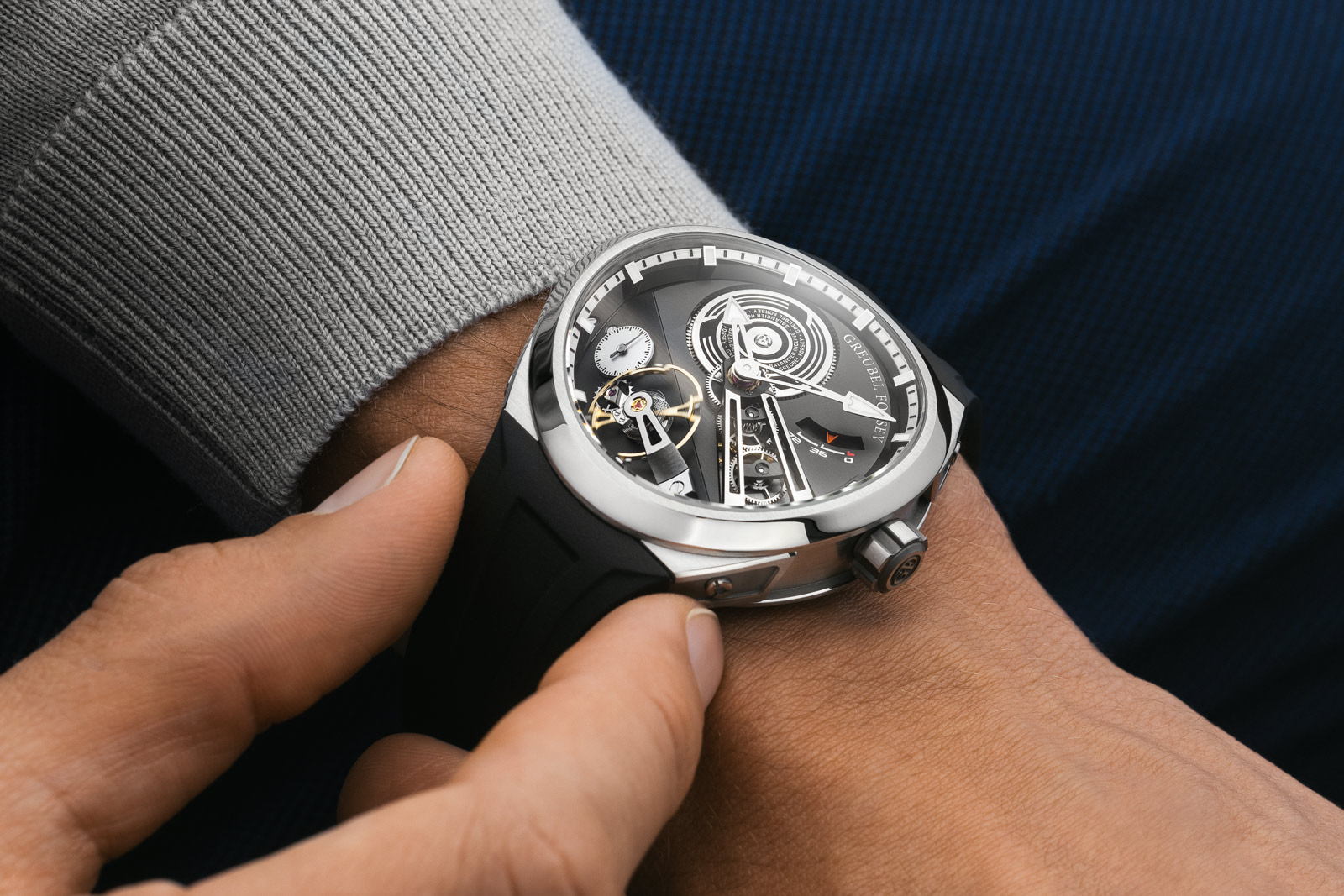
Historically known for its oversized, over-complicated watches, Greubel Forsey appears to be taking a step in a different direction as its resizes two of its bestselling sports watches, the Balancier Convexe S2 and Double Balancier Convexe. The Convexe duo are now thinner and smaller, while retaining the same ovoid form with a curved profile that characterises the brand’s sports watches.
While the difference in case size between the earlier models and the new pair is worth noting, the downsizing is arguably more significant in its implications for the direction of the brand, which also recently announced an expansion to its sloping, glass-box manufacture.
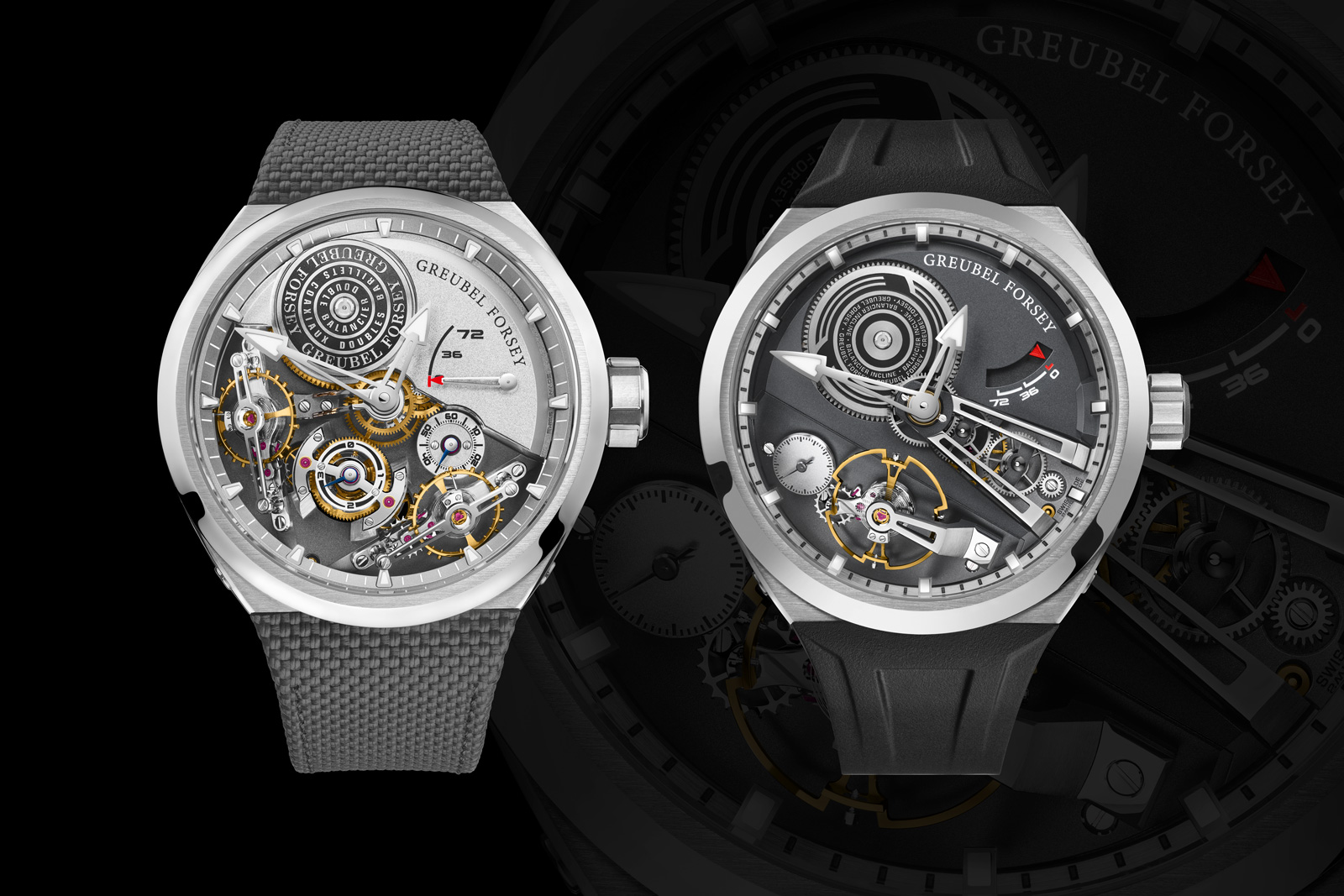
The Double Balancier Convexe (left), and Balancier Convexe S2
Initial thoughts
A reduction in size from Greubel Forsey is rather unexpected since its watches have traditionally been unashamedly large. To be fair, the brand utilised the large cases well to best display the complex movements and expert finishing. However, the extra-large watches, along with typically hefty price tags, have always placed the brand in a niche of its own – not only did buyers need the means to buy a six-figure watch, but also have the wrist circumference to pull it off.
While we have seen a shift in taste over the last couple of years towards decreasing case diameters, Greubel Forsey and its peer in the same price range, namely Richard Mille, had seemed immune to the change – or simply resistant. So, while the seemingly innocuous reduction of 1-2 mm in case diameters for the new Convexe pair may merely seem to be on trend, it could speak to a more substantive change in the company’s trajectory.
Greubel Forsey is set to nearly triple the space of its manufacture over the next three years, with a corresponding increase in production numbers. Though left unsaid by the brand, the commercial rationale behind the expansion is to grow the brand’s market share in the ultra-luxury sports watch segment and perhaps take market share from the likes of Richard Mille, the dominant name in the space. It would appear that the latest iterations of its sports models fit squarely into this strategy, which has propelled Richard Mille towards a multi-billion dollar valuation and extraordinary profitability.
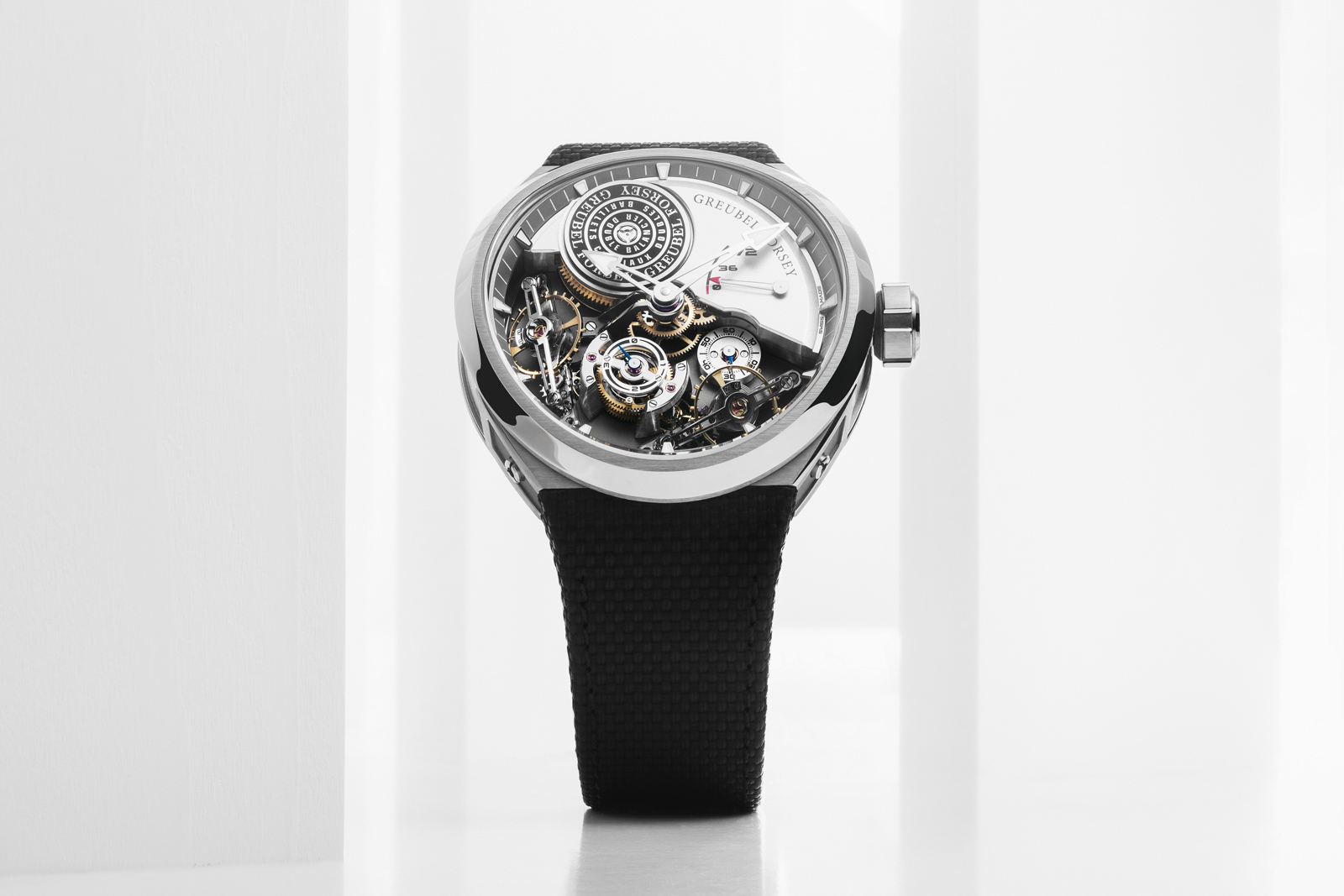
The Double Balancier Convexe
As for the watches themselves, the reduction in case sizes makes perfect sense, as it makes the pair more wearable without any detrimental effect to aesthetics or mechanics. That being said, these watches are not svelte by any stretch of the imagination. Both still measure over 41 mm across and over 12 mm high, meaning they will still carry a significant presence on the wrist. Notably, the measurements give them a form comparable to Richard Mille’s standard, tonneau-case offering, particularly with the curvature of the Convexe case.
Both models look largely the same as their larger predecessors and the movements are mechanically identical. Minimising the volume of these complex movements is not an easy task, especially with the Double Balancier Convexe, but it would appear that Greubel Forsey were able to do it with practically no substantial alternations to the movements. However, it does appear that the finishing of the movements has been dialled back slightly – which is increasingly evident with the sports watches compared to the brand’s historical output – with less intricate decoration deployed across both movements.
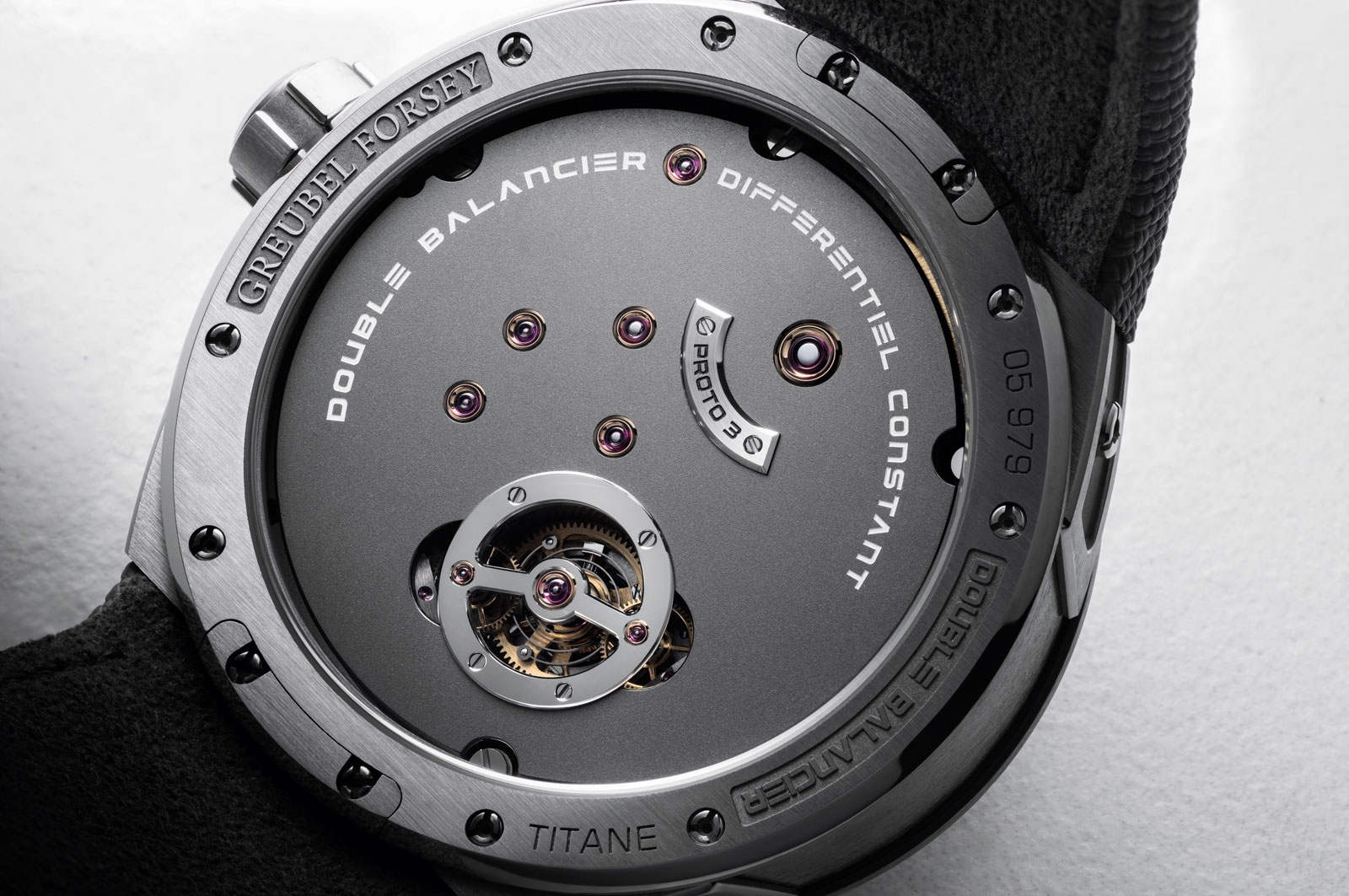
Smaller but just as sporty
When Greubel Forsey first introduced the Convexe collection back in 2019, it made a statement that the brand was able to combine the sophisticated mechanical developments with a sporty, stylised design of the sort that has boomed in popularity.
The original Balancier Convexe S2 was the simplest version of this vision, lacking a tourbillon or fancy regulator but still containing a 30° inclined balance wheel. Though relatively simple by Greubel Forsey standards, the watch was still oversized. But now the Balancier Convexe S2 has come down in diameter from 43.5 mm to 41.5 mm, while its height has decreased from 15.7 mm to 14.8 mm.
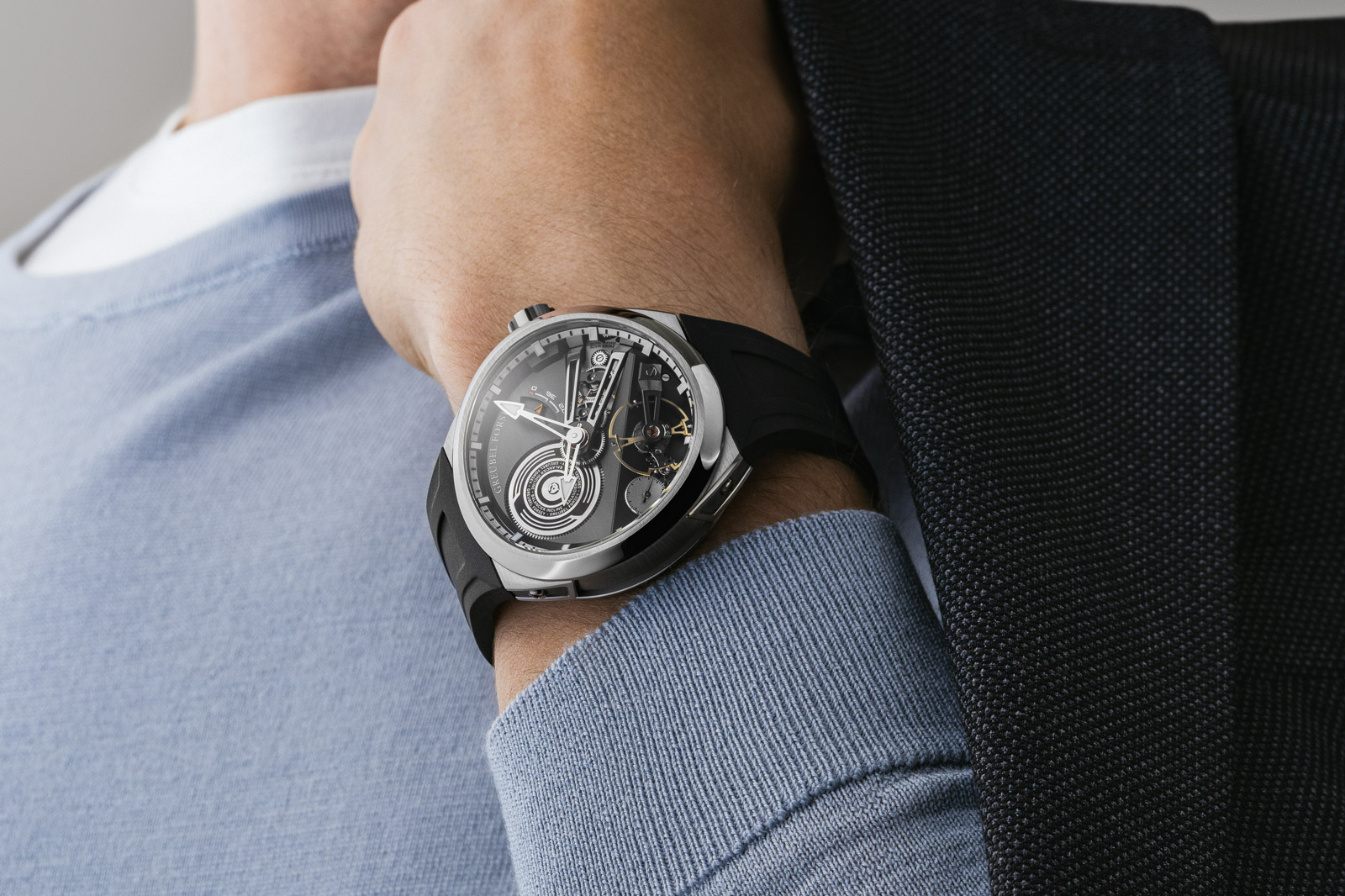
The Double Balancier Convexe, on the other hand, packed more far more horological firepower into the curved case construction, with a correspondingly higher price. But even so, it has gone down in size from 43.5 mm to 42.5 mm across the case, with the height remaining the same as before.
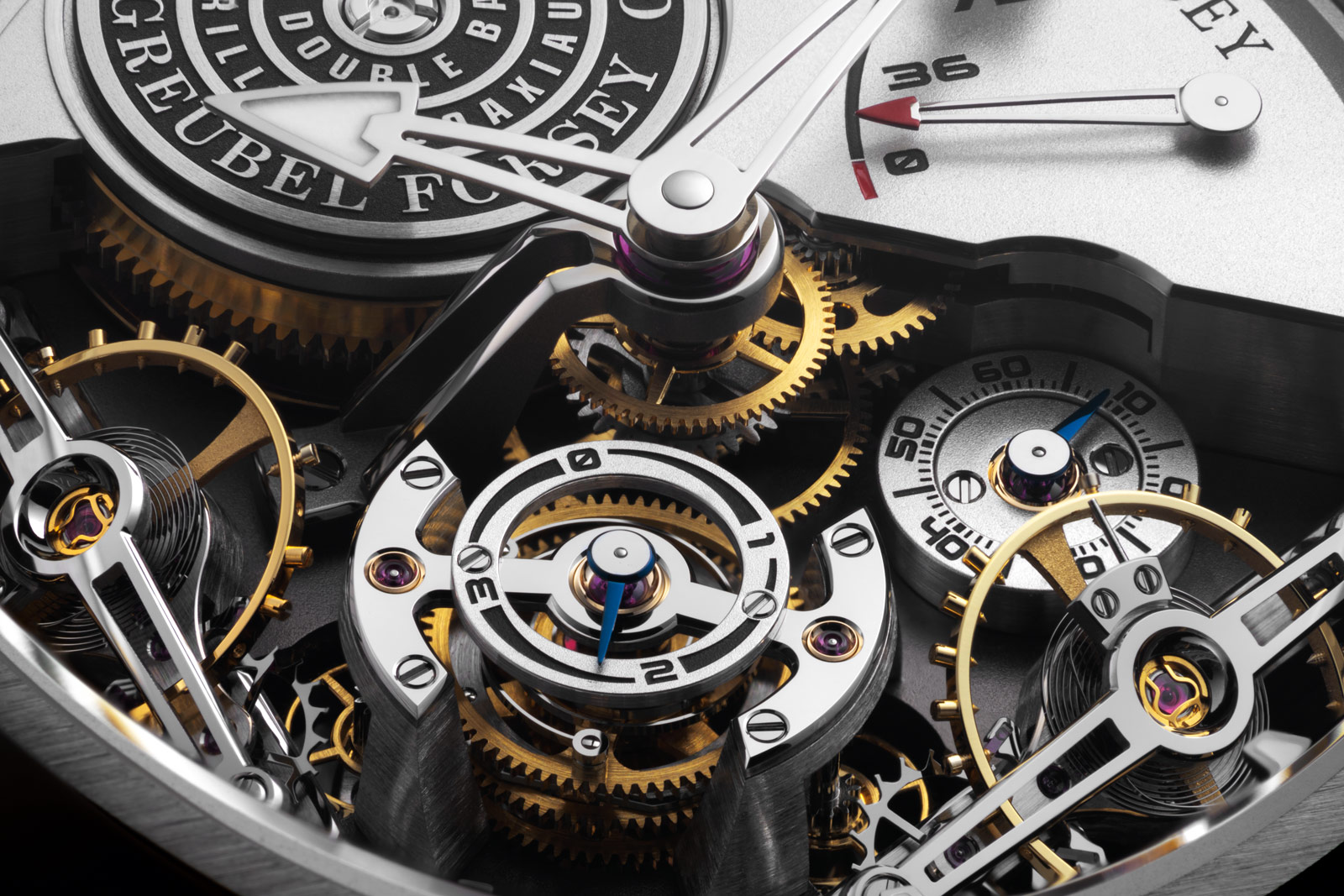
The double balance wheel and the differential that connects them on the Double Balancier Convexe
Both of the new models are limited to just 88 pieces to be produced between 2023 and 2026. This means their production run will finish just in time for the opening of the newly-expanded manufacture, perhaps paving the way for new versions to celebrate the occasion.
While the Double Balancier Convexe is only available with a black dial, there are both black and blue dials available for the Balancier Convexe S2. The blue dial offers a pop of colour in a shade that is endlessly popular for sports watches. Both of these watches come on a textured rubber strap as standard, but it is possible to have a three row titanium bracelet on request (at an eye-wateringly high price it has to be said).
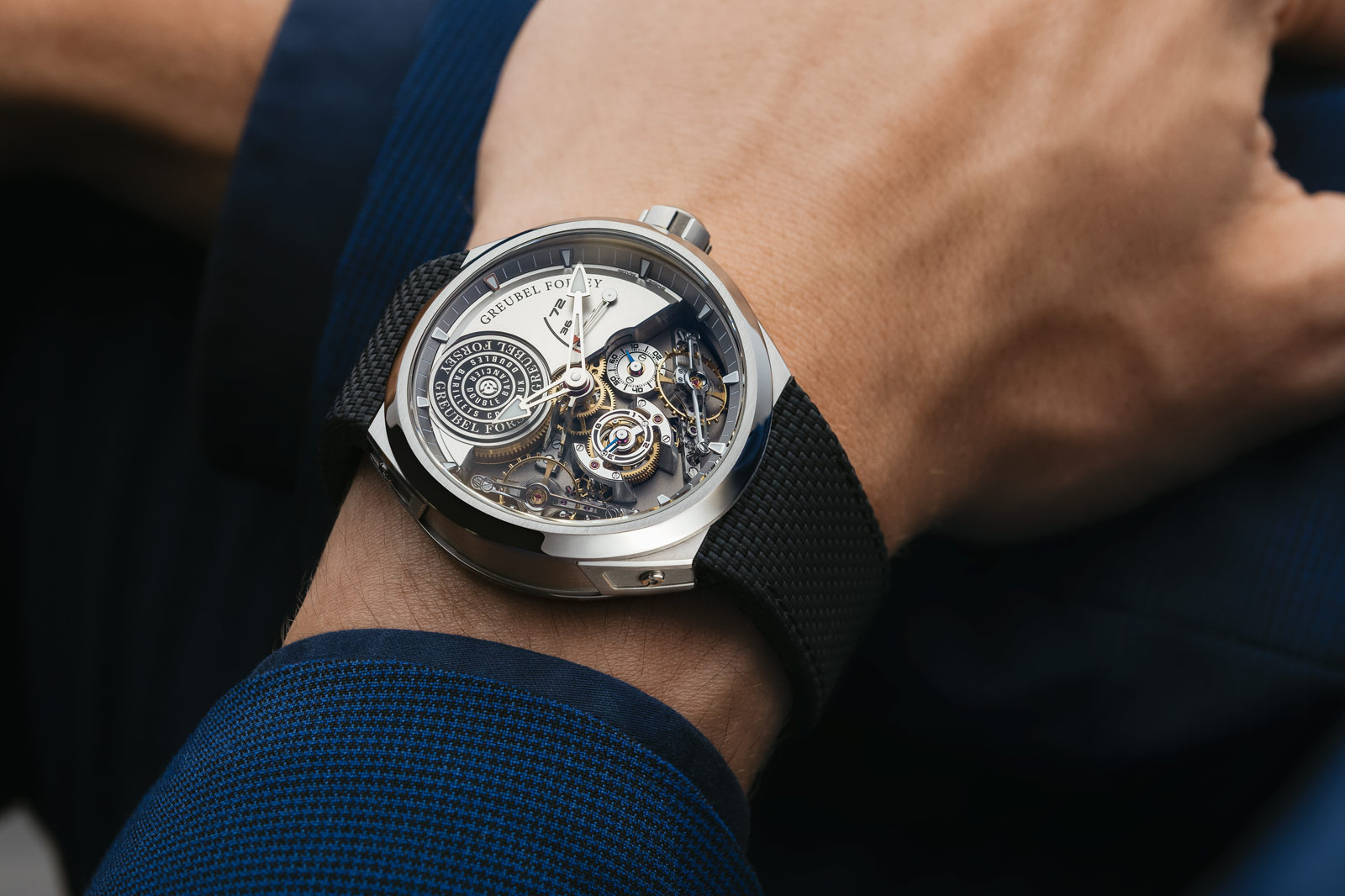
Key facts and price
Greubel Forsey Balancier Convexe S2
Diameter: 41.5 mm
Height: 12.85 mm
Material: Titanium
Crystal: Sapphire
Water resistance: 100 m
Movement: GF09xv
Functions: Hour, minutes and small seconds
Winding: Manual
Frequency: 21,600 beats per hours (3 Hz)
Power reserve: 72 hours
Strap: Textured rubber or 3-link titanium bracelet
Limited edition: 88 pieces
Availability: Through Greubel Forsey retailers and direct from the brand
Price: US$240,000 on strap; US$283,000 on bracelet
Greubel Forsey Double Balancier Convexe
Diameter: 42.5 mm
Height: 13.75 mm
Material: Titanium
Crystal: Sapphire
Water resistance: 100 m
Movement: GF04x
Functions: Hour, minutes and small seconds
Winding: Manual
Frequency: 21,600 beats per hours (3 Hz)
Power reserve: 72 hours
Strap: Textured rubber or 3-link titanium bracelet
Limited edition: 88 pieces
Availability: Through Greubel Forsey retailers
Price: US$346,000 on strap; US$392,000 on bracelet
For more information, visit greubelforsey.com.
Back to top.

